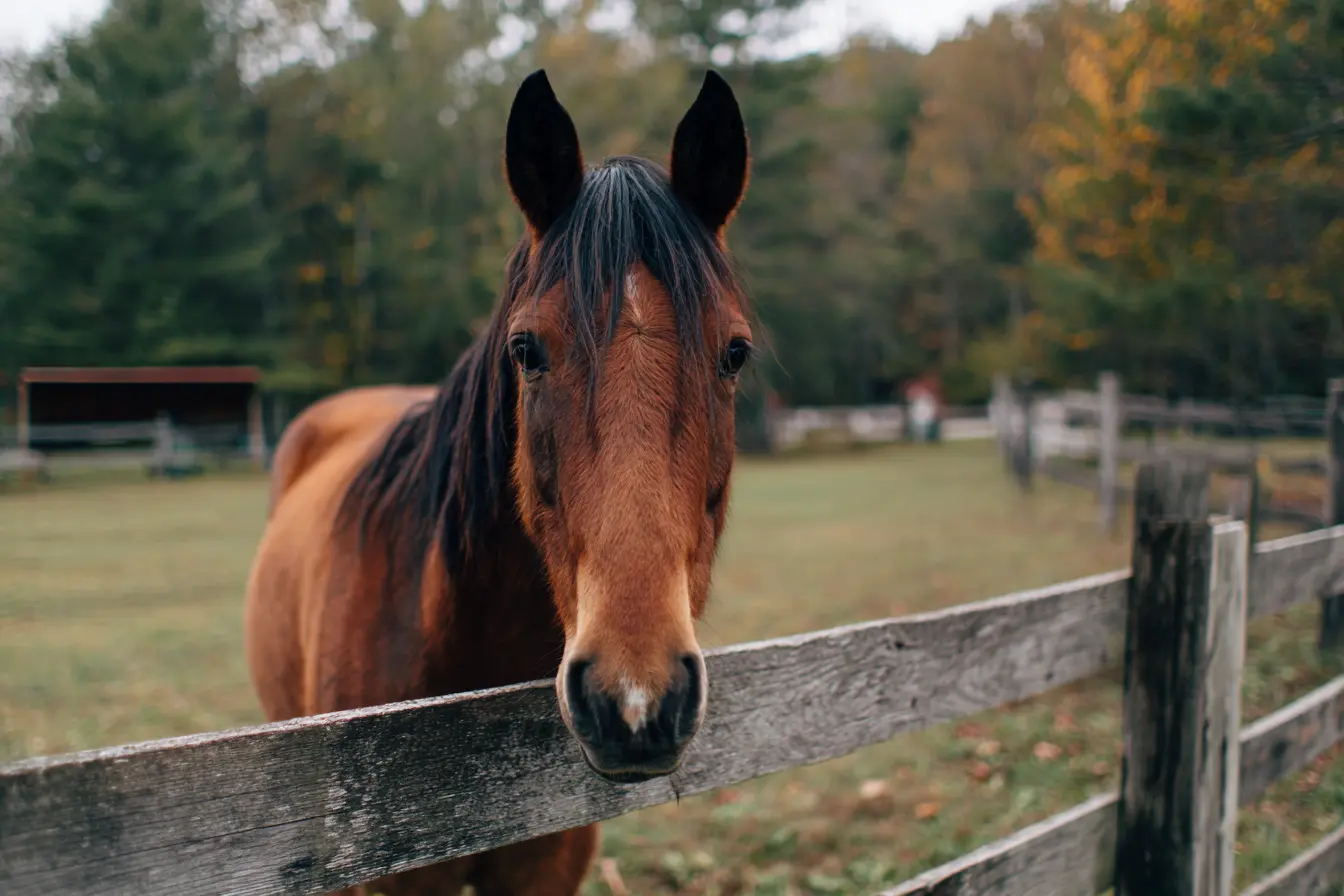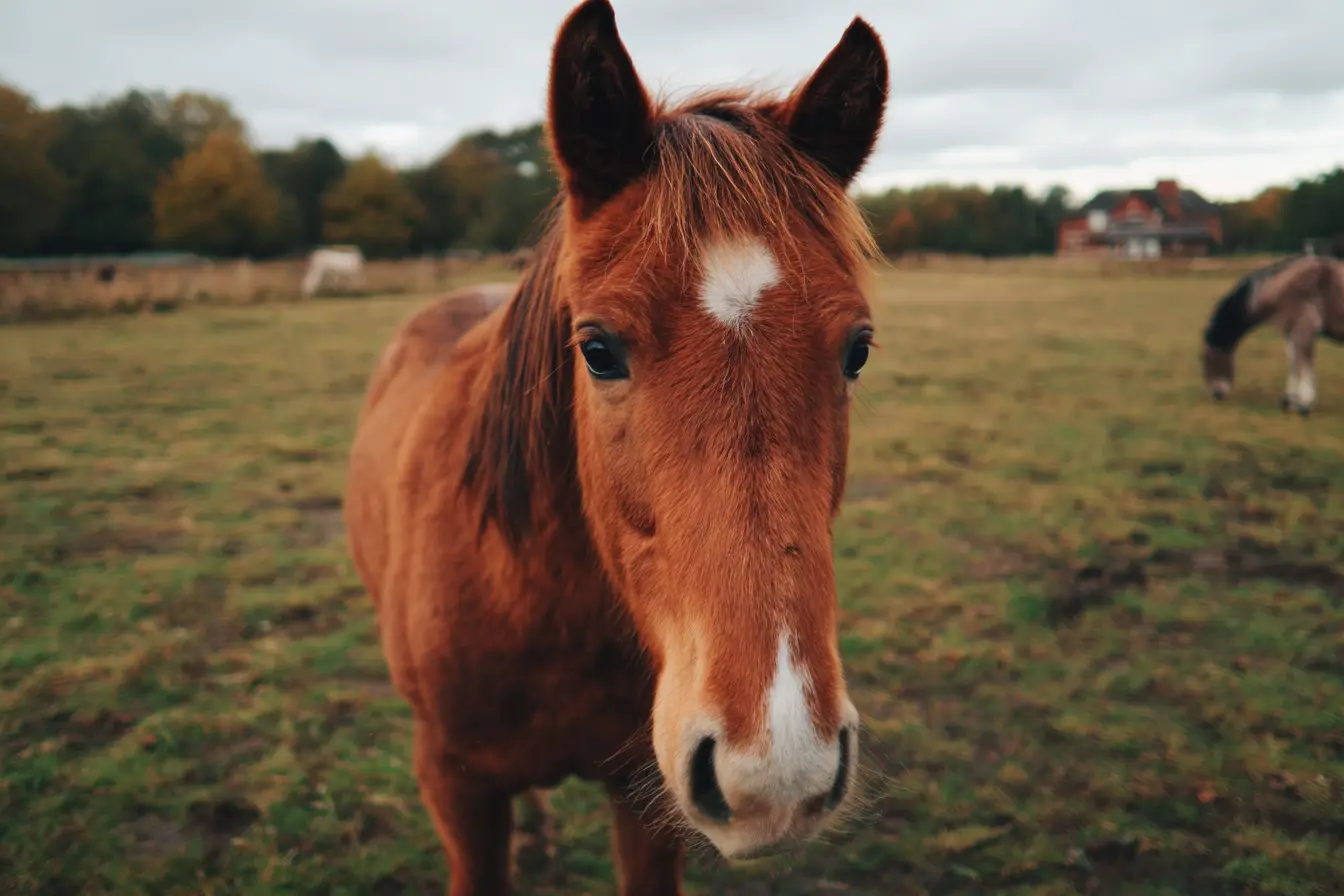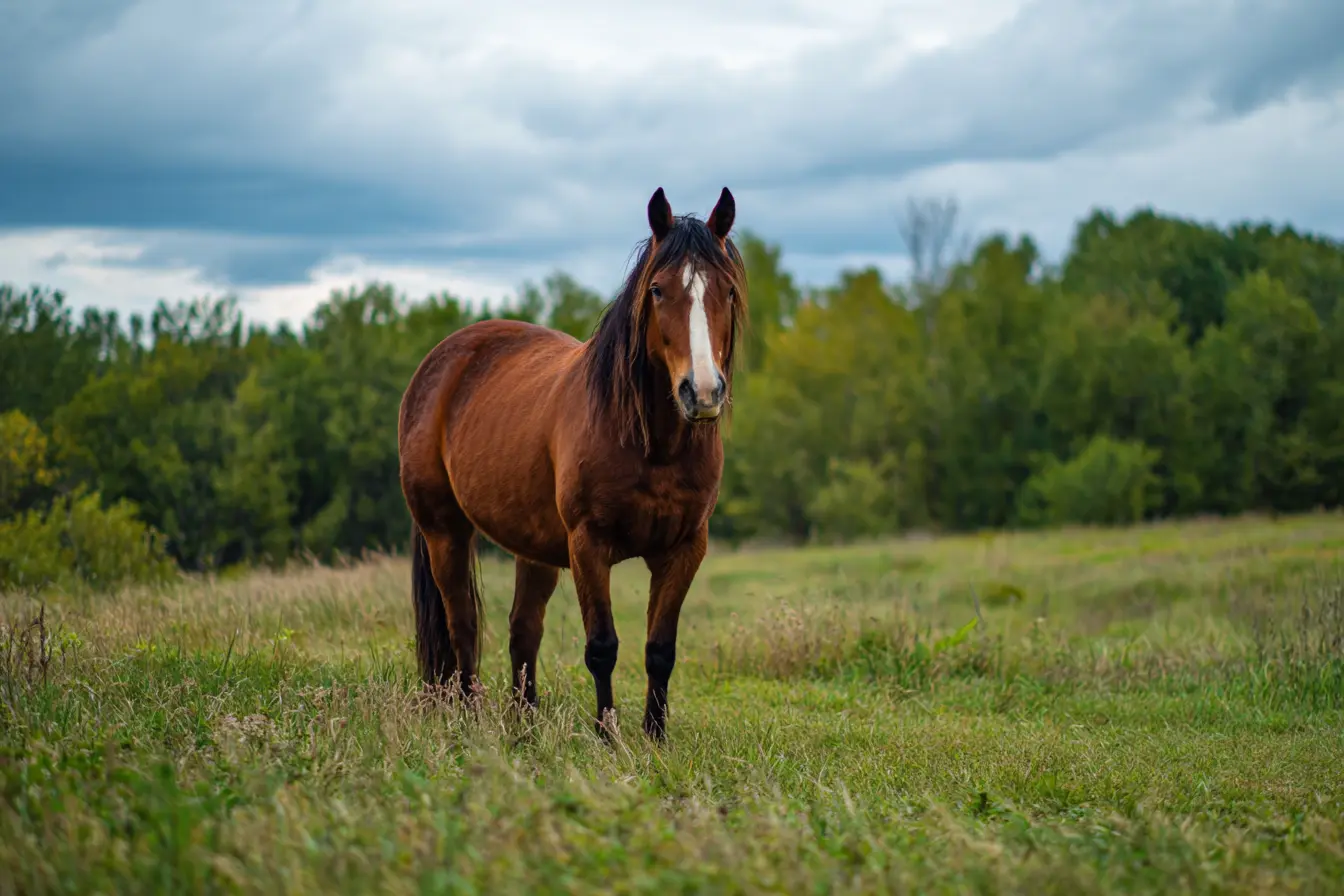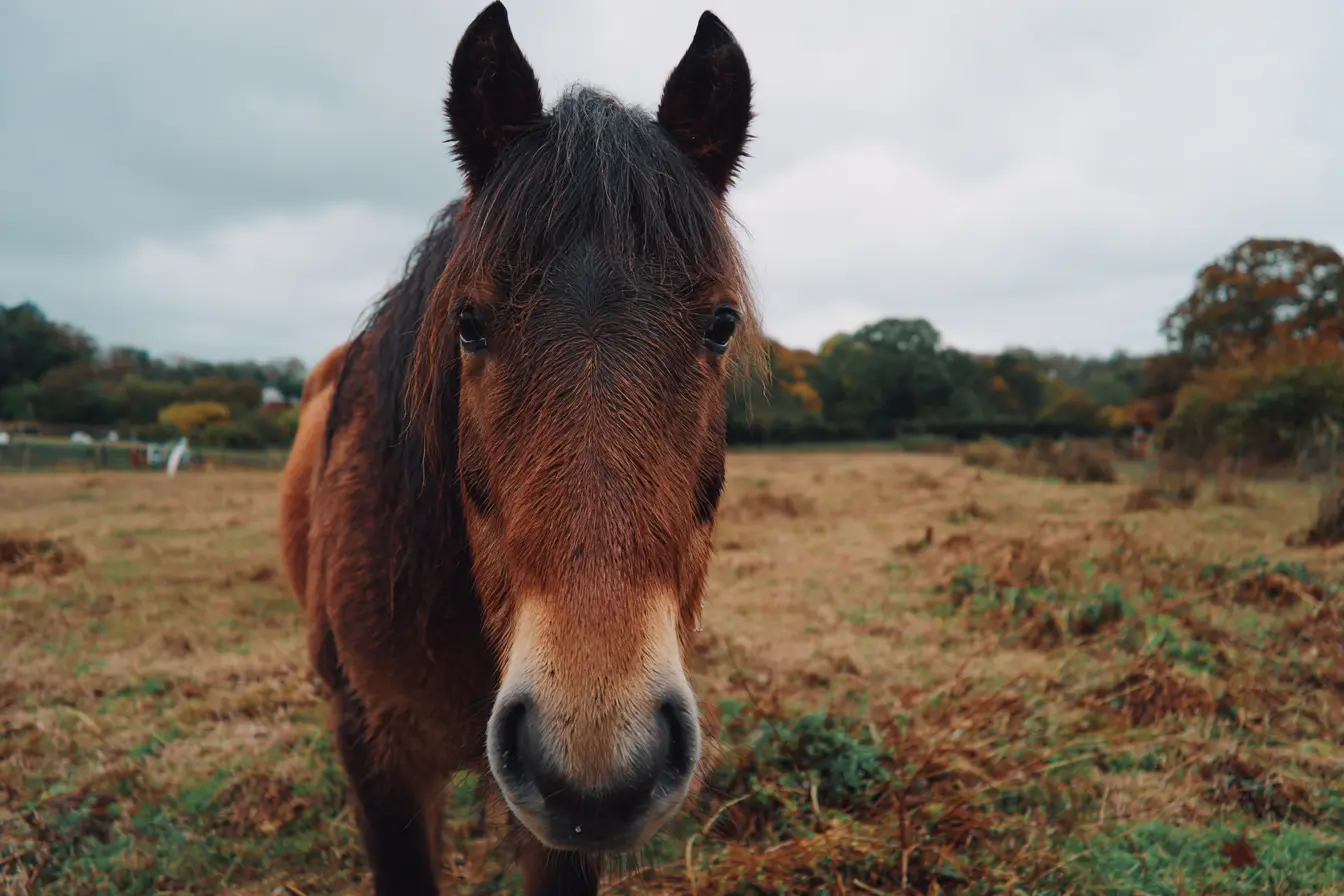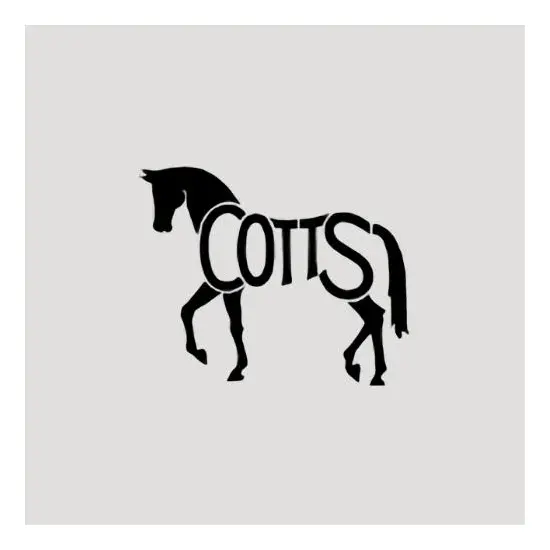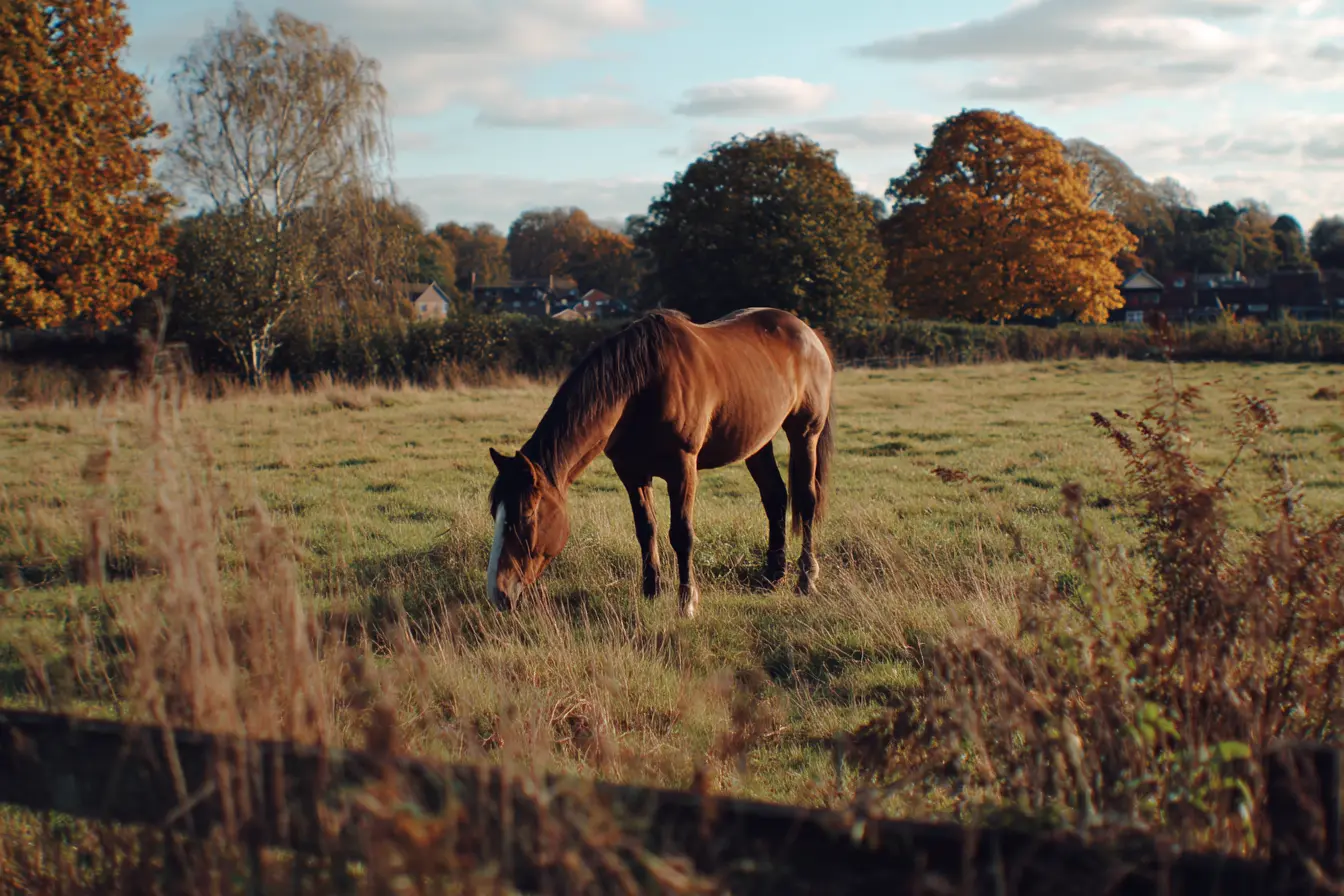
Flystrike in Horses: Everything You Need to Know
Flystrike, also known as myiasis, is a serious and potentially life-threatening condition that can affect horses, particularly during warm, humid months. It occurs when flies lay eggs on a horse’s skin or in wounds, and the resulting maggots feed on living tissue. Prompt recognition and treatment are vital, as untreated flystrike can rapidly lead to systemic infection, severe pain, and even death.
This post will guide you through what flystrike is, how it develops, the signs to watch for, risk factors, treatment, prevention, and aftercare.
What is Flystrike
Flystrike is an infestation of maggots (fly larvae) within the skin or tissue of an animal. In horses, it usually occurs in:
- Open wounds or sores
- Moist, dirty, or soiled skin (especially around the tail, perineum, sheath, or udder)
- Areas where skin is broken, irritated, or inflamed
The most common fly species involved are blowflies (greenbottle and bluebottle flies), which are attracted to blood, pus, or decaying matter. Once the eggs hatch, the larvae burrow into the tissue, feeding on it and releasing toxins that cause further tissue damage.
How Flystrike Develops
- Attraction of flies: Flies are drawn to odours from wounds, urine, faeces, or moist skin.
- Egg-laying: Female flies lay clusters of eggs on the skin or in open wounds.
- Hatching: Eggs hatch within 8–24 hours into larvae (maggots).
- Tissue invasion: Maggots feed on living tissue, secreting enzymes that break it down.
- Rapid spread: The damage can become extensive within 24–48 hours, potentially leading to septicaemia (blood poisoning) or shock.
Signs and Symptoms of Flystrike
Early detection is essential. Look out for:
- Restlessness or irritation (tail swishing, stamping, rubbing)
- Excessive licking, biting, or scratching the affected area
- Foul-smelling discharge from wounds
- Visible fly eggs or maggots
- Swollen, red, hot, or painful skin
- Loss of hair or raw patches
- Lethargy, reduced appetite, or fever (in severe cases)
Flystrike is extremely painful. Horses may show sudden behavioural changes, such as aggression or anxiety, due to discomfort.
Risk Factors
Several factors make horses more vulnerable to flystrike:
- Warm, humid weather (spring and summer)
- Poor hygiene (dirty bedding, manure build-up)
- Open wounds or surgical sites
- Skin infections or dermatitis
- Diarrhoea or faecal soiling of the tail/perineum
- Older or immunocompromised horses
- Inadequate fly control measures
Treatment of Flystrike
Flystrike is a veterinary emergency. Treatment must be prompt and aggressive:
- Veterinary assessment: Always call a vet. Anaesthesia or sedation is often required.
- Clipping and cleaning: The hair is clipped from the affected area, and the wound is gently cleaned.
- Maggot removal: All maggots are physically removed using forceps and saline flushes.
- Debridement: Any necrotic (dead) tissue is surgically removed.
- Wound treatment: Topical antiseptics or insecticidal preparations are applied.
- Medication: The vet may prescribe:
- Anti-inflammatory pain relief
- Antibiotics (to treat or prevent infection)
- Fly repellents or larvicides
- Supportive care: IV fluids and nutritional support may be needed in severe cases.
Prevention of Flystrike
Preventing flystrike is far easier, and more humane, than treating it. Key steps include:
Good hygiene
- Remove droppings from stables and paddocks regularly.
- Keep bedding clean and dry.
- Wash and dry the tail, perineum, sheath, or udder area regularly, especially during fly season.
Fly control
- Use fly rugs, masks, and boots.
- Apply fly repellents (sprays, wipes, or spot-ons) daily.
- Install fly traps or screens around stables.
Skin and wound care
- Check your horse daily for wounds, skin irritation, or moist areas.
- Treat cuts promptly and cover them when possible.
- Use barrier creams or sprays to keep wounds clean and dry.
General health
- Ensure good nutrition and regular grooming.
- Maintain veterinary checks, dental care, and deworming schedules.
Aftercare and Monitoring
Following treatment, horses recovering from flystrike need:
- Daily wound checks and cleaning as directed by your vet
- Restricted turnout or stabling to prevent further fly exposure
- Continued fly control measures
- Pain relief and antibiotics (as prescribed)
It can take several weeks for tissue to heal fully. Scarring is common, and the area should be monitored for reinfestation.
When to Call the Vet
Call your vet immediately if you notice:
- Maggots or fly eggs on your horse
- Any wound that suddenly worsens, smells foul, or leaks discharge
- Signs of pain, distress, fever, or lethargy
Prompt veterinary care saves lives and prevents immense suffering.
Conclusion
Flystrike is a painful, fast-developing condition that can be fatal without rapid treatment. Vigilant hygiene, good fly control, and prompt wound care are the best defences. By knowing the signs and acting swiftly, you can protect your horse from this distressing condition.
Related Vets
Vets near you
Speciality vets
- Aquatics vet specialists
- Birds vet specialists
- Camelids vet specialists
- Cats vet specialists
- Cattle vet specialists
- Deer vet specialists
- Dogs vet specialists
- Equines vet specialists
- Exotic vet specialists
- Goats vet specialists
- Pigs vet specialists
- Poultry vet specialists
- Sheep vet specialists
- Small Mammals vet specialists
- Wild vet specialists
